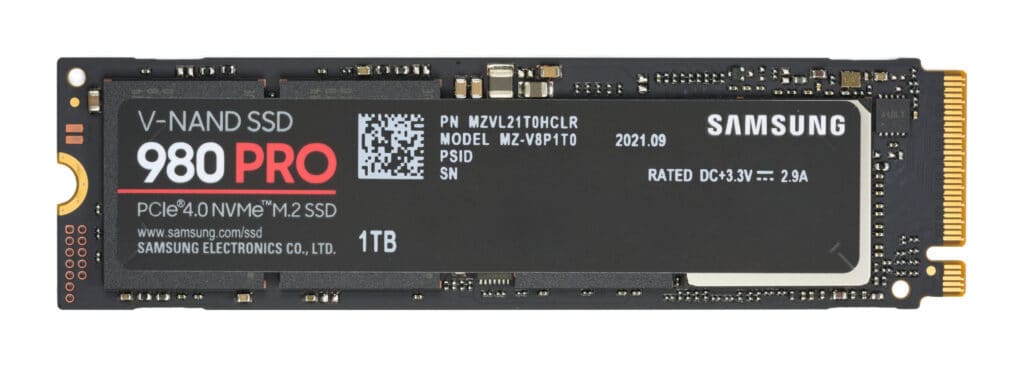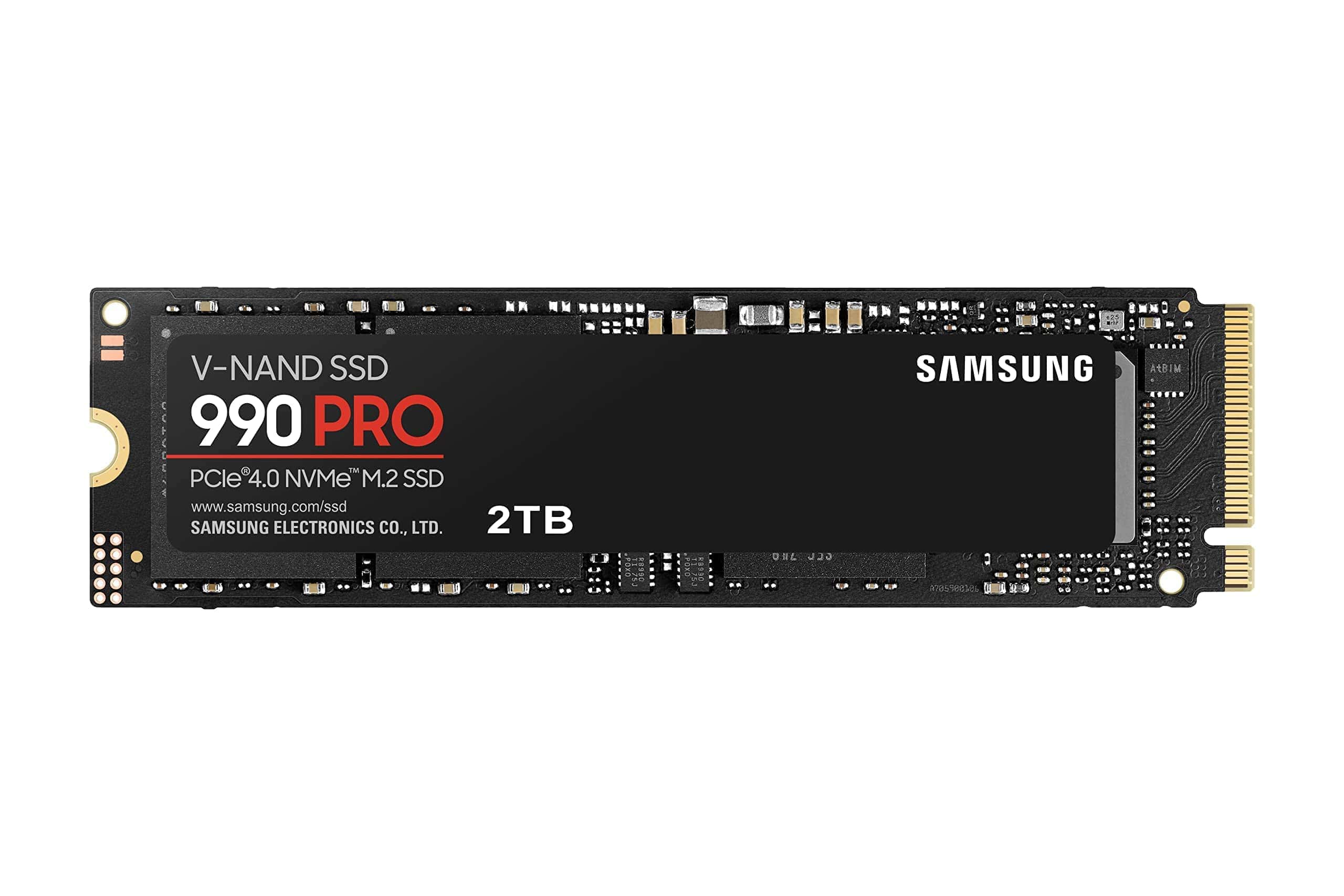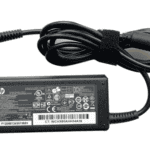In the ever-evolving landscape of digital storage, the advancement from NVMe 1.4 to NVMe 2.0 marks a significant stride. This article delves into the nuanced differences and improvements introduced in NVMe 2.0, underscoring how these advancements translate into real-world benefits.
Boosting Storage Performance: A Look at NVMe 2.0
NVMe 2.0: The Next Generation of Storage
NVMe 2.0 is the latest revision of the Non-Volatile Memory Express (NVMe) standard, a high-performance interface for solid-state drives (SSDs). It builds upon the foundation of NVMe 1.4 with new features and enhancements aimed at improving storage performance, reliability, and security.
Key Differences Between NVMe 2.0 and 1.4
- Zoned Namespaces (ZNS): A major addition to NVMe 2.0, ZNS optimizes data placement by dividing the SSD into zones, improving efficiency and longevity.
- Key-Value Store (KVS): NVMe 2.0 introduces KVS, enabling a more flexible way to store and access data, particularly beneficial for emerging applications.
- Endurance Group Management: Improved management of SSD lifespan by grouping NAND flash memory cells with similar endurance levels.
- Enhanced Security: New security features like Command Group Control and Namespace Write Protect offer better data protection.
- Expanded Protocol Support: NVMe 2.0 enhances support for existing protocols and introduces new ones for better compatibility and performance in various environments.
Table: NVMe 2.0 vs. 1.4 Comparison
| Feature | NVMe 1.4 | NVMe 2.0 |
|---|---|---|
| Zoned Namespaces (ZNS) | No | Yes |
| Key-Value Store (KVS) | No | Yes |
| Endurance Group Management | Limited | Improved |
| Enhanced Security | Limited | Improved |
| Expanded Protocol Support | Limited | Improved |
Benefits of Upgrading to NVMe 2.0
Upgrading to NVMe 2.0 offers several benefits for consumers and businesses alike:
- Faster Performance: Improved data transfer speeds and lower latency lead to a more responsive system.
- Improved Reliability: Enhanced error correction and data protection mechanisms ensure data integrity.
- Increased Endurance: Better management of NAND flash memory cells extends the lifespan of the SSD.
- Stronger Security: Advanced security features safeguard data against unauthorized access and manipulation.
NVMe 2.0 marks a significant step forward in the evolution of storage technology, offering a host of benefits that enhance performance, reliability, and security for a wide range of applications.
Key features of NVMe 2.0:
- Granular zone-level storage control: Enables precise management of data placement and optimization for specific workloads.
- Enhanced networking capabilities: Acknowledges NVMe’s evolution as a networked storage protocol, extending its reach beyond basic SSD interfaces.
- Endurance group management:
- Allows division of SSDs into logical groups based on their expected lifespan.
- Facilitates proactive replacement of entire groups before individual drives reach end-of-life, ensuring data integrity and reliability.
Example:
- In a storage array with two groups of 32 SSDs each, NVMe 2.0 enables designation of each group as an endurance group.
- If one SSD in a group begins to fail, it signals the need to replace all SSDs within that group simultaneously, ensuring consistent performance and data protection.
NVMe 2.0 vs 1.4: A Comparison
| Feature | NVMe 2.0 | NVMe 1.4 |
|---|---|---|
| Overall Improvement | Significant improvement, with focus on enterprise needs. | Standard update with improved features. |
| Performance (Max Sequential Read/Write) | 7.88 GB/s | 5.5 GB/s |
| Command Latency | Lower | Higher |
| Endurance Group Management | Granular control over SSD media usage. | Limited configuration options. |
| Zoned Namespaces (ZNS) | New feature for optimized data placement. | Not supported. |
| Key-Value Command Set | New feature for efficient database workloads. | Not supported. |
| Security | Lockdown command for fine-grained control. | Namespace write protection only. |
| Compatibility | Higher PCB layer count and bandwidth requirements. | More compatible with older systems. |
| Adoption | Newer, gaining traction in enterprise and data center. | Widely adopted, mature standard. |
Additional Notes:
- NVMe 2.0 introduces many enhancements to existing features, making them more versatile and user-friendly.
- The choice between 2.0 and 1.4 depends on your specific needs and budget.
- If you require maximum performance and advanced features, NVMe 2.0 is the better option.
- If compatibility and broader support are paramount, NVMe 1.4 might be sufficient.

Understanding the Basics: NVMe 1.4
To appreciate the advancements in NVMe 2.0, it’s essential to grasp the foundations laid by NVMe 1.4. Introduced as a storage protocol operating over PCI Express, NVMe 1.4 focused on enhancing performance and reliability. It brought features like partitioning storage into NVM Sets and Endurance Groups, albeit with some limitations in their configuration and management.
The Advent of NVMe 2.0: What’s New?
Modular Architecture
NVMe 2.0 isn’t just an incremental update; it’s a significant overhaul in structure. The specification has been reorganized into a more modular format, covering locally-attached devices and NVMe over Fabrics (NVMe-oF) in a unified base specification. This reorganization aims to foster rapid innovation and adaptation to diverse NVMe device environments.
Enhanced Command Sets: Zoned Namespaces (ZNS) and Key Value (KV)
NVMe 2.0 introduces Zoned Namespaces and Key Value command sets, elevating the protocol’s versatility. ZNS allows for more efficient data placement, aligning data with the SSD media’s characteristics and reducing the “indirection tax” within SSDs. This enhancement translates to improved speed and cost-effectiveness. On the other hand, the Key Value command set changes data addressing from fixed-length logical block addresses to variable-sized data addressed through a key, streamlining data management.
Endurance Group Management
Building upon the groundwork laid in NVMe 1.4, NVMe 2.0 introduces a standard capacity management mechanism for endurance groups and NVM sets. This feature allows for dynamic allocation, providing more control and flexibility in managing storage resources.
Domains and Rotational Media Support
A notable addition in NVMe 2.0 is the support for domains and rotational media. Domains offer enhanced tools for large-scale NVMeoF storage appliances, allowing more refined partitioning and performance isolation. The inclusion of rotational media support, meanwhile, paves the way for HDDs to leverage the NVMe protocol, unifying storage networking.
Practical Implications and User Benefits
Improved Performance and Cost Efficiency
The modular architecture and enhanced command sets of NVMe 2.0 translate to tangible performance improvements and cost savings. Users can expect faster data transfer speeds, reduced latency, and increased storage capacity at a lower cost.
Versatility and Future-Proofing
With its modular design and support for diverse command sets and transport protocols, NVMe 2.0 is well-suited to meet future storage demands. This versatility ensures that NVMe 2.0 can adapt to emerging storage technologies and use cases.
Enhanced Data Integrity and Security
NVMe 2.0 extends the existing Protection Information support, offering more robust data protection for large-scale storage systems. Additionally, the new security features like command group control provide improved control over data access and manipulation, enhancing overall data security.
Summary of Facts
- NVMe 2.0 introduces a modular architecture, improving flexibility and innovation potential.
- Zoned Namespaces and Key Value command sets enhance data management efficiency.
- Endurance Group Management provides dynamic allocation, offering improved storage control.
- Support for domains and rotational media broadens NVMe 2.0’s applicability.
- Users benefit from improved performance, versatility, and enhanced data security.
FAQs
What are the key differences between NVMe 2.0 and 1.4?
NVMe 2.0 differs from 1.4 in its modular architecture, introduction of Zoned Namespaces and Key Value command sets, enhanced Endurance Group Management, and support for domains and rotational media.
How does NVMe 2.0 improve performance and cost efficiency?
NVMe 2.0’s Zoned Namespaces and Key Value command sets enable more efficient data management, reducing the “indirection tax” in SSDs and streamlining data addressing. This leads to faster performance and more storage capacity at a lower cost.
Is NVMe 2.0 backward compatible with previous versions?
Yes, NVMe 2.0 maintains backward compatibility with previous NVMe architecture generations, ensuring a smooth transition for users upgrading their storage solutions.







